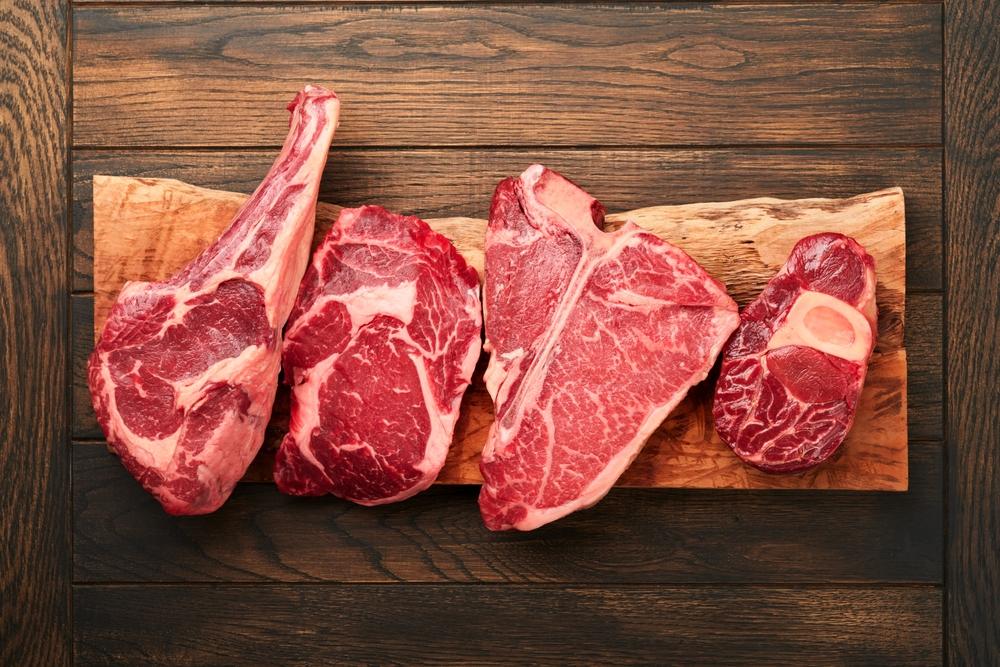It wasn’t long ago when everyone stocked freezers, pantries, and smokehouses each fall with beef, chicken, pork, wild game, and any other available protein source in preparation for the looming winter. A stocked freezer was reassurance that there would be food for the family even if roads were too treacherous for travel or money was scarce.
Mouths would still be fed and bodies would be nourished.

